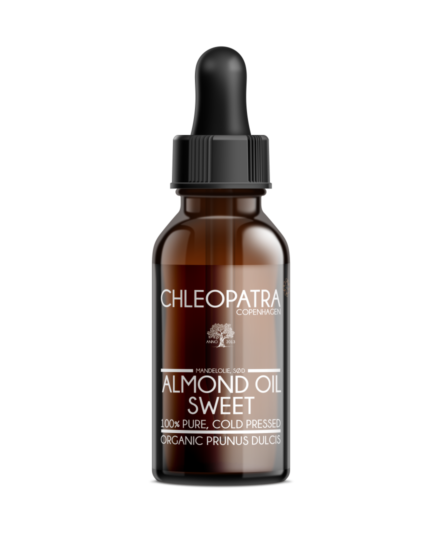Calophyllum inophyllum - The botanical name for the tamanu tree - Where tamanu oil comes from
Tamanu oil is made from the nut kernels found in the Tamanu tree. Its scientific (botanical) name is Calophyllum inophyllum - an evergreen tree (a plant that has green leaves all year round) - and it is a member of the Mangosteen family.
The tree is native to the tropical regions of Southeast Asia, but it flourishes especially in tropical countries such as the exotic Melanesian island of Vanuatu, and in Polynesian islands such as Tahiti.
[lepopup slug='optin-natural-knowledge']
The Tamanu tree
The Tamanu tree can grow inland, but it prefers salty and sandy soil, which is why it tends to grow vigorously near the sea. The indigenous Melanesians claim that the best quality of Tamanu oil comes from the Calophyllum inophyllum trees that grow near coastal areas, rather than those that grow inland.
Calophyllum inophyllum can also be found in other parts of Southeast Asia, Malaysia, Sri Lanka, Vietnam and even southern India and Madagascar.
The tree grows slowly and can reach up to 30 metres in height. The trunk of the Calophyllum inophyllum is usually covered in dark, cracked bark. The leaves are elongated and glossy and have small, fragrant, white flowers with a yellow centre that are produced twice a year.
These flowers produce a cluster of fruit that starts out green but later turns a yellowish colour as they ripen. Inside this thin, fleshy fruit (which is inedible), is the tamanu nut - sometimes referred to as 'Punnai'.
The fruit is allowed to fall naturally from the tree and the pale coloured nut kernels are then laid out on racks for 1-2 months to heal. During this process, these kernels turn a brownish and reddish colour that releases a strong, rich oil upon extraction.
Block "156904" not found
Calophyllum inophyllum provides a fantastically rich vegetable oil
The oil is then extracted by cold pressing and filtration.
It takes a lot of nuts to produce a small amount of oil - in reality, it takes about four trees to produce about 20 litres of pure tamanu oildepending on the size and yield of the trees, of course.
Tamanu oil has even been used topically to relieve the pain of leprosy neuritis. In 1928, Sister Marie-Suzanne, a missionary nun of the Society of Mary stationed in Fiji, tested the medicinal properties of tamanu oil and used it effectively to treat leprosy.
In the 1930s, French researchers studied tamanu oiland found it effective in treating a number of cases of severe skin disease. One such case involved a woman admitted to St Louis Hospital in Paris. She had a large leg wound with gangrene that would not heal and amputation seemed to be the only option. But to the astonishment of the doctors, the leg wound healed after regular dressings with tamanu oil.
The literature states that tamanu oil has a unique fatty acid (Calophyllic acid), which may be the component responsible for the regeneration of new tissue in the skin. Other interesting components include lactone (antibiotics), anti-inflammatory agents such as Calophyllolide and Courmarins, as well as various types of lipids (fats).
Natural fatty acid content in
tamanu oil:
- Linoleic acid 38%
- Oil acid 34%
- Stearic acid 13%
- Palmitic acid 12%
Vegetable oils
The Tamano tree - Calophyllum inophyllum - and its oil is something of a health miracle. Today, Tamanu is not normally used for gangrene and other life-threatening situations, but it has continued to be used as a useful tool in combating minor skin conditions such as acne, minor scars, wounds and burns, eczema, childhood eczema, psoriasis, sunburn, stretch marks, sponge and other inflammations. In short, a natural wonder.
Photo by: Forest & Kim Starr


























Recommended natural products for skin, hair and body
Vegetable oils
Organic Marula Oil 10ml - Chleopatra
Essential Oils
Organic Grapefruit Oil 10 ml Essential Oil - Chleopatra
Essential Oils
Organic Lemongrass Oil 10 ml Essential Oil - Chleopatra
Essential Oils
Organic Peppermint Oil 10 ml Essential Oil - Chleopatra
Natural Raw Materials
Dried Lavender Flowers 40g
Flower water
Rose water 100ml - Flower water
Essential Oils
Organic Frankincense Oil 10 ml Essential Oil - Chleopatra
Mineral Clay
French pink clay 55g